Tourism Drops 95% in Río San Juan, Nicaragua
By Orlando Valenzuela (El Nuevo Diario)
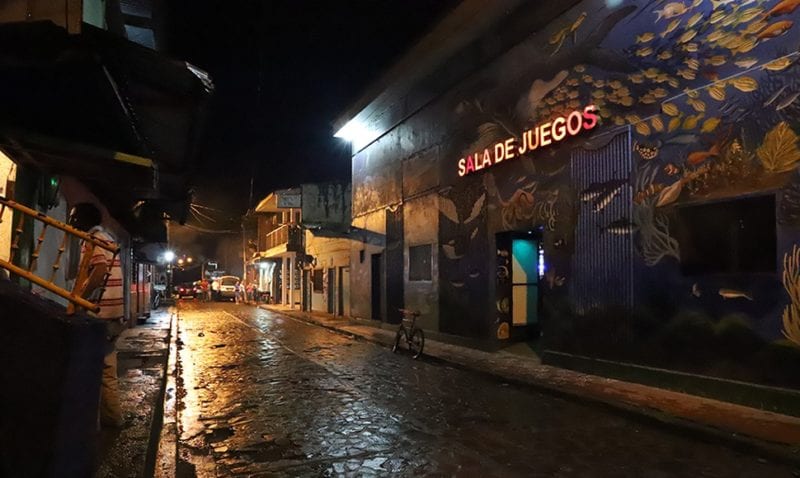
HAVANA TIMES – At night, in the port city of San Carlos, Río San Juan’s capital, there are hotels, restaurants, eateries, bars and even slot machine casinos totally empty or with just two people in them. The few businesses that have any customers are the exception. Meanwhile, the business owners who are able, continue to keep their doors open while trying to survive the economic recession.
Tourism began to fall here 15 months ago, in April of 2018 when anti-government protests exploded in Nicaragua. At that time, several countries that send tourists here, including Germany, the United States, and Spain, issued alerts warning their citizens of the danger of coming to this Central American country in the middle of spreading violence.
Before this, San Carlos was constantly full of tourists from all over who filled the cobblestoned streets or gathered on the pier to board boats that took them to El Castillo or Los Guatuzos on the San Juan river, or to the Solentiname archipelago on Cocibolca lake. The city faces this huge fresh-water lake, as well as being at the source of the San Juan River, with a rich history that flows all the way to the Caribbean.
In recent years the economic motor of this region in southeastern Nicaragua has depended to a large degree on tourism. Hotels, hostels, restaurants, private transport, artisans, tourist guides, fishermen, corner-stores, barbershops and other businesses have all proliferated to serve the visitors.
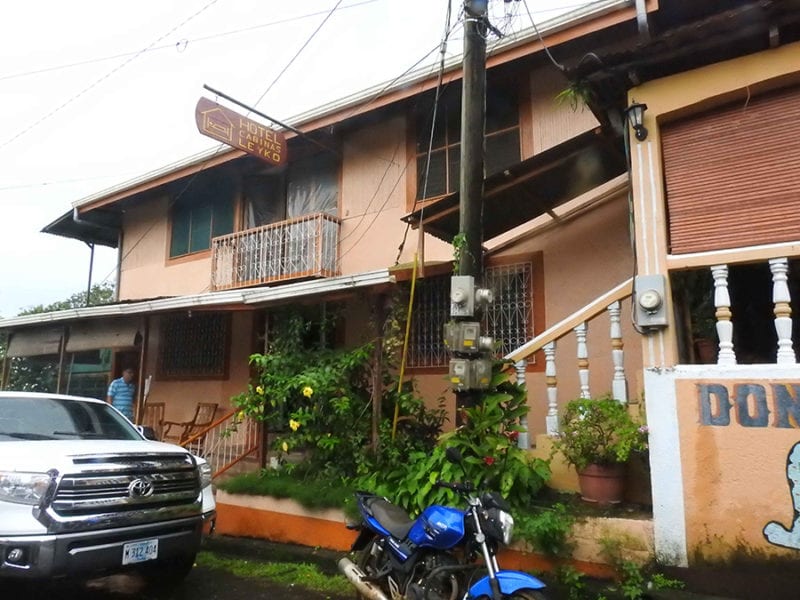
Leonel Ubau, owner of the Cabinas Leyko Hostel is adamant when he states: “Tourism has dropped nearly 95%. Since May of 2018, we have no reservations. All of the tourist operators stopped sending groups of Germans, Dutch, Austrians, US citizens and tourists from other countries.”
And then another process began in reverse: small, medium and large tourism operations began partially or completely shutting down their services. Some continue to operate despite the low demand in hopes that there will soon be a resolution to the sociopolitical conflict. Their survival, or bankruptcy, depends on the outcome.
“We didn’t shut down because we own this business, but we are just operating at a minimum,” Ubau explained. “Out of our six employees, we could only keep one. We closed our restaurant down for eight months and now we’re going to reopen. We’re going to close out the year 2019 with almost no tourism because it’s just a bare minimum arriving. Our monthly occupancy rate is just 5%, really, really low.”
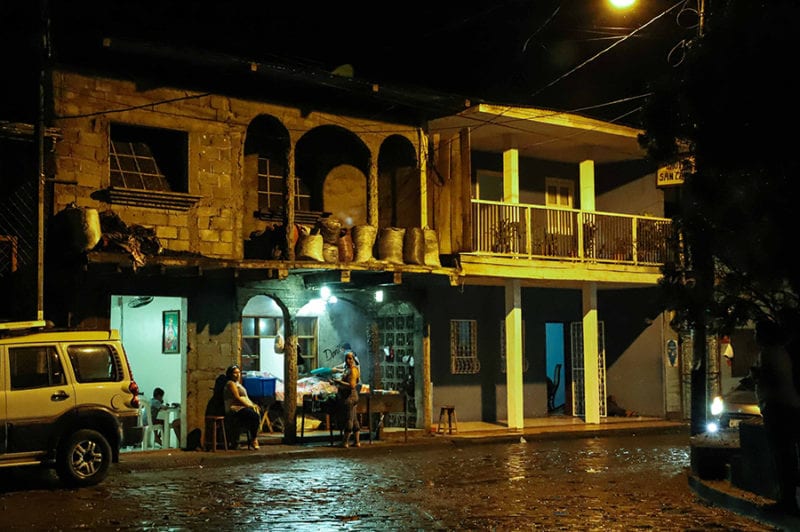
The owner of Cabinas Leyko said that “sometimes we don’t even earn enough to pay one employee. We’ve stopped buying furniture for our rooms and we’ve had to drop our cable and telephone plans and look for cheaper options.”
On July 8, El Nuevo Diario requested an interview with Jogeny Reyes Obando, director of the National Tourism Institute in San Carlos,. She said that she could not speak with us.
Going into Debt
In front of the seawall, Esperanza Fitoria, owner of the Jesenia eatery, was sad about what she views as unavoidable: “We’re about to shut down because we’re not selling anything. We had already shut down when the barricades started to go up because nobody came here. Things are horrible. Before we’d have 50 customers on both floors. Now we sell three or four meals a day.”
“Before, the national holidays and the aquatic carnival were fantastic. I could make as much as 50,000 cordobas (1 USD = 33 cordobas) But during the last carnival I only sold 2,000 cordobas worth of food. We were stuck with everything. We didn’t sell anything. The only thing we were left with is debt,” said Fitoria.
Modesta Cruz Fonseca, who owns the Ocaso Hotel, described her business’ situation as overwhelming: “How does it feel to be broke? Me, who never had been in debt and now I’m continually going to the banks to ask for money, me, who always paid on time but now I can’t do it. Since last year this has been ugly,” she added.
“This is really, really bad, and anywhere I’ve asked it’s the same situation,” Cruz said. “Before, we had daily customers, one, two, three, but now, nobody…And to make matters worse, my electricity bill is going up to 16,000 cordobas and this is without customers. This is really crappy and now the water bill’s gone up from 600 to 4,000 cordobas, even though we are using less water.”
Leonel Ubau is sorry to see that not only have the foreign tourists disappeared, but also the visitors who worked for non-governmental organizations (NGOs) and embassies. “Nearly all of the NGOs that worked in health and potable water projects, the evangelical churches, doctors, they’ve all closed down operations and they’ve stopped coming here. Many businesses that were renting buildings here have had to shut down because they can’t pay their rent.”
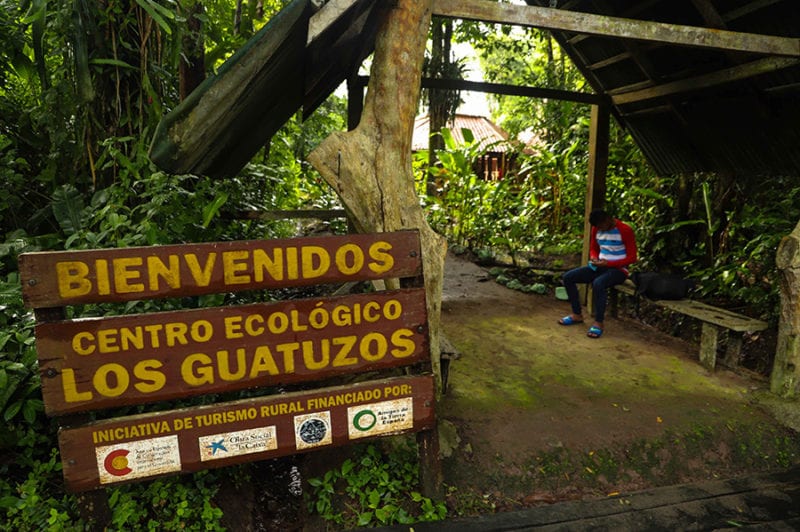
This businessman from San Carlos is hoping that the country’s situation improves in 2020, although he admits that several problems need to be resolved. “First, there is the political factor and the question of insecurity, because several countries have issued alerts warning not to travel to Nicaragua. Canadians have stopped coming because of insecurity and the bad international reputation we are getting because of the internal conflict, the barricades and police repression,” he said.
Another tourism operator from Río San Juan, who wished to remain anonymous for fear of reprisals, said that “foreign tourists don’t come here anymore and we get few Nicaraguan tourists because of the economic situation. We get some Costa Ricans, here and there.”
He added: “I have family members who own hotels and days go by when they don’t have a single customer. Businesses are closing down, like El Baratón, for example, which belongs to a young man who came from Juigalpa to open a clothing and shoe store. He was renting a house and he couldn’t make enough to pay the rent and he had to pay four employees. He fired two of them and later the other two. He had another employee who had to leave, so down to zero and then he left, too.”
This is how this anonymous businessman described the tiny street food stands now appearing in the streets of San Carlos: “The situation is so critical that now food stands are appearing all over the city. These are people who don’t know what to do to survive so they stick a table outside, put three chairs around it, and they sell some fried food because they don’t have a job. The other growing activity is fishing. People are fishing in the big lake and this is how many families are feeding themselves. People aren’t coming to eat here like before. Now they come with their lunch sack or they leave for work very early in the morning so they can go home for lunch and save money.”
He said there is another type of visitor in Río San Juan, the ones people call “guiriseros” (small scale gold miners) who come here drawn by the gold fever in Costa Rica and within Nicaraguan territory. They’re people who rent a room for 50 córdobas just to sleep in. You give them a mattress or a hammock and they take care of themselves.”
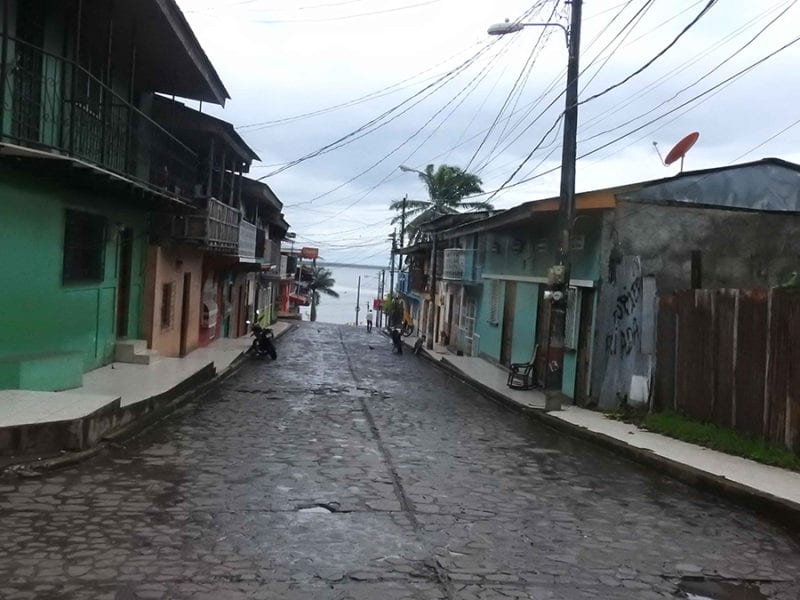
Solentiname Islands
In this group of islands, the home of numerous artisans and primitivist painters, tourism also suffers the consequences of the crisis. Visitors are absent, but many families persist in the elaboration of handicrafts (soft and light wood), products despite little demand.
Jose Francisco Peña, owner of the Hostal Koala and a balsa wood artisan, says that since the fall of the influx of foreign tourists, in Solentiname they have kept up with sporadic sales of handicrafts and some visits. His hotel has eight rooms and is attended by the family.
“We have felt this situation; Tourists have not stopped coming, but not like before. Last year there were no tourists, no one was coming, there were people who wanted to come but the access was closed by the roadblocks; we had to take out some of those who did come through Colon (border with Costa Rica), it was bad, but this year it is improving a little ”, says Peña.
In El Castillo
In the municipality of El Castillo, whose main attraction of the town next to the river is the colonial fortress of the Immaculate Conception, where Rafael Herrera defended the Spanish crown against the English in 1762, tourists have also disappeared.
Antonio Ruiz Galeano, owner of the Dariizu restaurant, describes the crisis like this: “We are hard hit, since the noise began in Managua, tourism fell for us. Last year was bad, the year before, 2017 was good, movement was seen. Today, with the little that comes from domestic and foreign tourists we are surviving. It’s not ideal, in other places many hotels closed.”
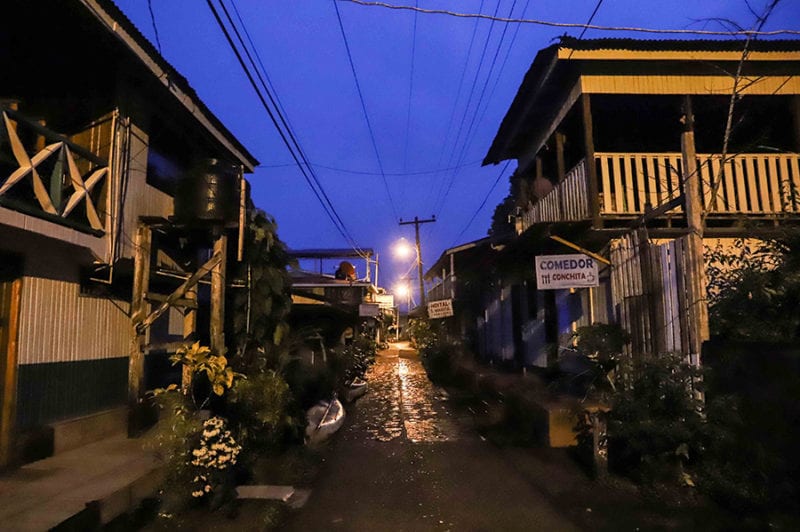
“We have not closed because this is a family business,” he explains. “We don’t pay employees because we serve ourselves, my wife makes food, we are bartender, tour guides, we do everything. Before we had two employees and we had to let them go because there were no tourists coming. Some Costa Ricans arrive through Las Tablillas, others come from Managua, but they are few,” he laments.
In the Guatuzos Reserve
In the southwest of the great lake, on a thin strip of land full of wetlands, the inhabitants of the Los Guatuzos wildlife reserve, accustomed to the presence of ecology-loving tourists and scientists, have gone a year missing the arrival of foreigners.
Armando Gómez, who with his wife runs the Cayman restaurant and cabins, says that the arrival of tourists has been reduced to “almost nothing” because “since last year no tourists arrive here, despite the fact that this is a quiet place, where you can see several ecosystems, with many species of birds, mammals, the three species of monkeys that exist in Nicaragua, alligators, turtles, orchids and a lot of nature.”
He explains that, for the moment, “I am working on the use of wood, making sculptures to survive with the lack of visitors, because I am also a tourist guide and I know a lot about the fauna of this place.”
Henry Murillo, a tour guide and maintenance manager of the Los Guatusos Ecological Center, recalls that this center was built for scientific research purposes, to study flora and fauna, but has received tourists interested in nature, always maintaining the initial objective of attending university students to do internships and other studies
“Here there is accommodation for 30 people. Before a lot of people came, now it is less, but there are still universities that send their students to study, internships or tour the reserve; and with that we help each other a bit. We take them hiking, alligator searching, bird watching, as well as observing amphibians, rodents, among other wildlife,” said Murillo.
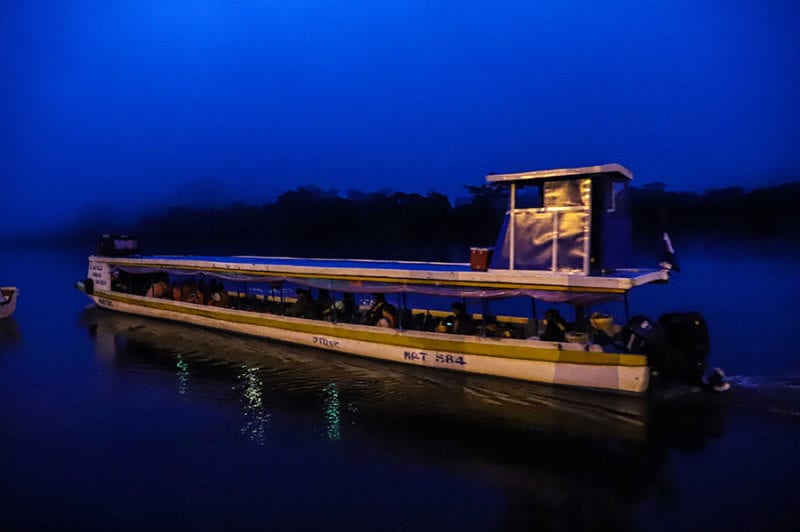






Well I sure hope that the Government makes it safe for people to visit again!! Sounds like a very beautiful place to take a vacation! Too bad that the criminals ruined it for all the law abiding citizens!!
Es obvio con todo el Dani q le han causado a la imagin del pais, que esperaban?